Retro Replay Review
Gameplay
Taito Legends delivers a sprawling arcade anthology that brings 29 classic titles from Taito’s golden age directly to your console. From the frenetic bubble-popping of Bubble Bobble and Rainbow Islands to the pulse-pounding rail shooting of Operation Wolf and Space Gun (albeit with a virtual gun cursor in place of light‐gun support), the collection spans nearly every arcade genre of the 80s and early 90s. Whether you’re blasting descending aliens in Space Invaders or guiding a yo‐yo‐wielding hero in Electric Yo‐Yo, each game controls with crisp responsiveness, retaining the tight input windows that made these arcade hits so addictive.
(HEY YOU!! We hope you enjoy! We try not to run ads. So basically, this is a very expensive hobby running this site. Please consider joining us for updates, forums, and more. Network w/ us to make some cash or friends while retro gaming, and you can win some free retro games for posting. Okay, carry on 👍)
Platformers like The New Zealand Story and Ninja Kids stand out for their precise jump mechanics, while shooters such as Colony 7 and Volfied showcase smooth scrolling and intuitive power‐up systems. Even lesser‐known gems—Plump Pop’s quirky match-three puzzling or Great Swordsman’s early swordplay mechanics—feel faithfully reproduced, giving newcomers a taste of Taito’s experimental spirit. The included virtual arcade cabinet UI lets you swap between upright and cockpit views, adjusting scanline filters or screen curvature to simulate an authentic arcade experience.
One of the collection’s real strengths is its accessibility options. You can tweak difficulty settings, save your progress in notoriously punishing games like Rastan, and rewind a few seconds after a sudden death. For titles originally designed around light guns—Operation Thunderbolt, Space Gun, and Battle Shark—you’ll appreciate the on-screen crosshair system, though purists may miss true light-gun feedback. Multiplayer is equally supported in cooperative sessions for Bubble Bobble or head-to-head in Gladiator, making Taito Legends a great party starter.
Graphics
Visually, Taito Legends stays true to the original pixel art while offering optional graphical filters that emulate retro CRT displays. You can toggle between crisp “pixel perfect” mode for flat, no-blur images and scanline or curvature overlays to recapture that nostalgic arcade glow. Sprites and backgrounds look vibrant, with minimal scaling artifacts even on modern HDTVs—an impressive feat considering the age of the source material.
Each game runs at its intended resolution and frame rate, delivering the smooth parallax scrolling of Continental Circus or the lightning‐fast sprite flicker of Bubble Bobble without slowdown. Details like the arcade flyer art collections and fully rotatable 3D cabinet models are rendered in high resolution, offering collectors a visual feast beyond the gameplay itself. These extras can be rotated and zoomed, letting you appreciate the original marquee art and side-panel designs in crystal clarity.
Some titles, like Rainbow Islands, benefit greatly from the screen calibration tools, which let you adjust brightness and contrast to ensure that pastel-colored graphics pop as they did in the arcades. While purists may wish for an adaptive frame limiter, the overall presentation remains faithful, and the optional color-bleed effects add authenticity. Even minor details—like the scanline shimmering on Space Invaders’ shield bricks—are lovingly preserved.
Story
Arguably, many arcade classics are light on narrative, focusing on high‐score challenges rather than deep storytelling. Yet within this collection, games like Bubble Bobble and The New Zealand Story reveal charming little plots—siblings Bub and Bob rescuing friends from the cave world, or a brave kiwi journeying through colorful landscapes. These premises, while simple, evoke a sense of childhood wonder that remains charming today.
Taito Legends supplements these minimalist stories with rich behind-the-scenes extras. Video interviews with Space Invaders creator Tomohiro Nishikado and Bubble Bobble mastermind Fukio Mitsuji offer personal anecdotes about game design philosophies and development hurdles. These firsthand accounts add layers of context, transforming what might have been a dry “game list” into an engaging historical exhibit.
Original arcade flyers and cabinet artwork reinforce each game’s thematic identity—whether it’s the militaristic grit of Operation Thunderbolt or the whimsical charm of Plump Pop. Browsing these galleries feels like flipping through museum archives, deepening your appreciation for the era’s marketing artistry. In an age when story-driven games dominate, Taito Legends reminds us how creative concept art and developer commentary can enrich even the simplest arcade experiences.
Overall Experience
Taito Legends offers incredible value for retro enthusiasts and newcomers alike, packaging 29 iconic arcade titles in a polished, user-friendly interface. The sheer variety—from side-scrolling shooters and beat ’em-ups to puzzle and racing games—ensures there’s always something fresh to play. Even empty-nester guests or children unfamiliar with pixel graphics will find it easy to pick up and enjoy in bite-sized sessions.
Between the faithful emulation, robust settings menu, and attractive extras such as the cabinet 3D models and developer interviews, this collection transcends a simple nostalgia trip. It serves as an interactive museum, celebrating Taito’s arcade legacy while respecting the original hardware. Leaderboards and replay saves make for friendly competition, and the inclusion of virtual controls for gun games, though not perfect, ensures no title is left unplayable.
For anyone building a retro library, Taito Legends stands out as a must-have compilation. It captures the quirky charm, challenging gameplay, and visual flair that defined a generation of arcade gaming. While hardcore aficionados might debate light-gun fidelity or color-filter accuracy, most players will be captivated by the breadth of quality experiences on offer. In short, Taito Legends is a packed, polished, and heartfelt tribute to one of arcade history’s most inventive publishers.
 Retro Replay Retro Replay gaming reviews, news, emulation, geek stuff and more!
Retro Replay Retro Replay gaming reviews, news, emulation, geek stuff and more!
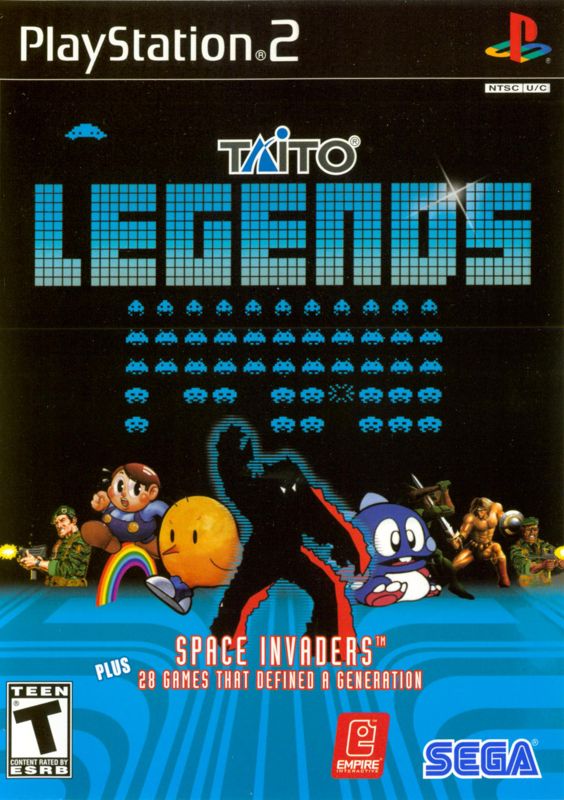
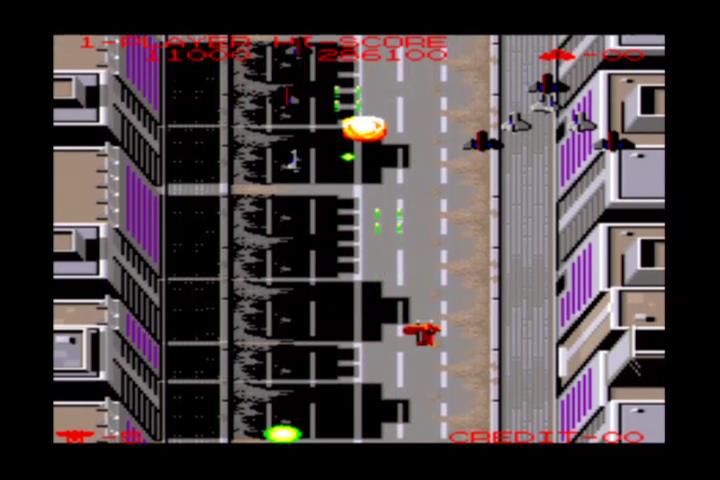
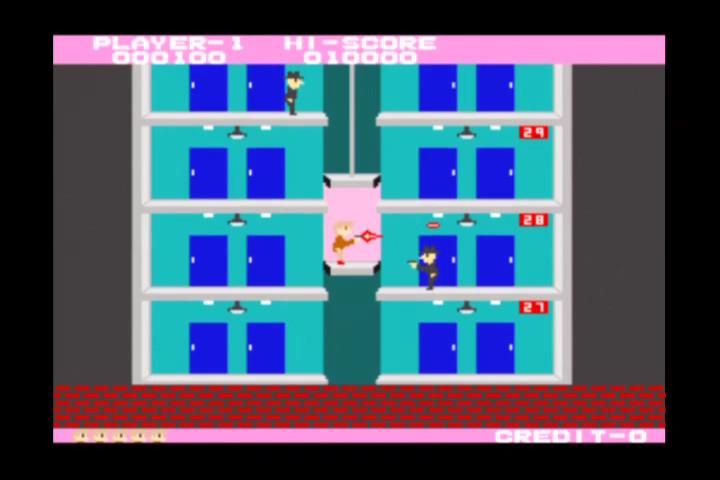
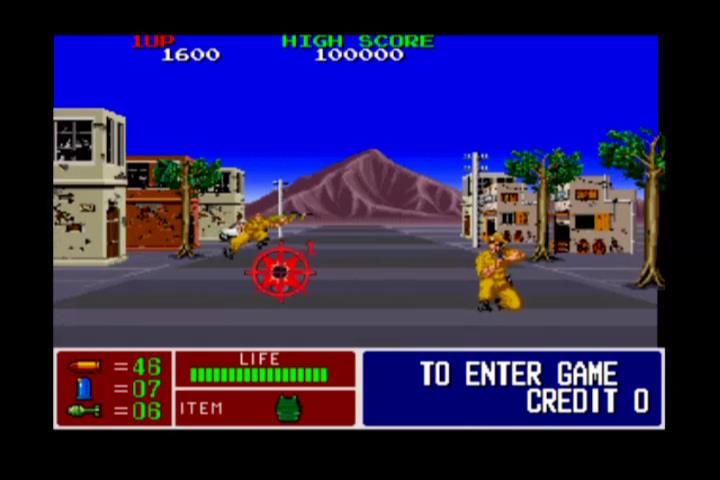
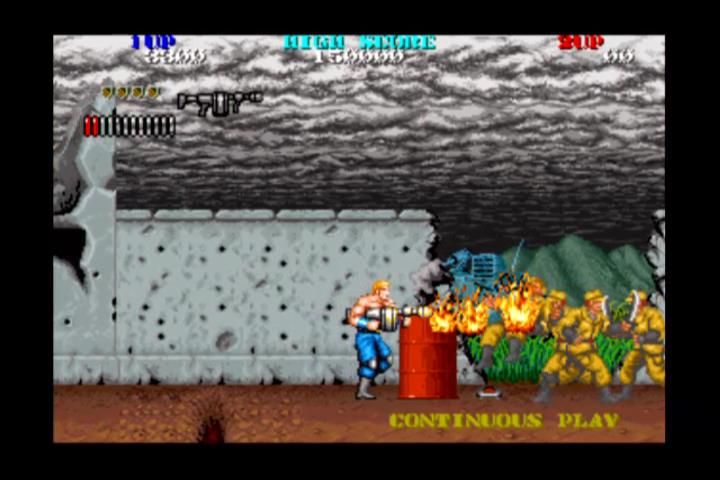
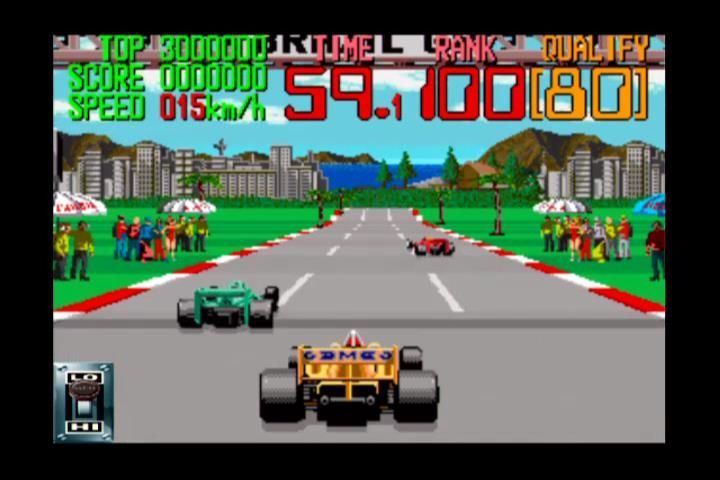


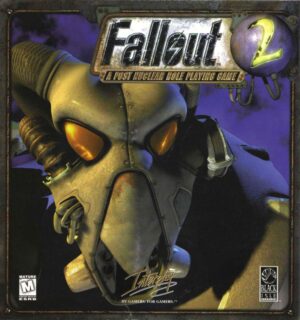
Reviews
There are no reviews yet.